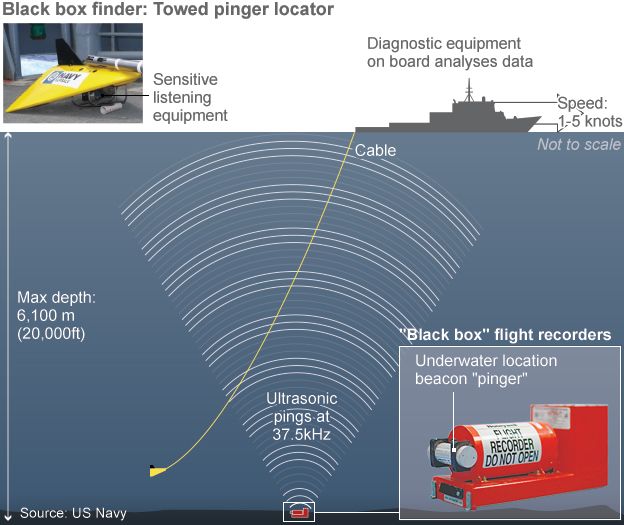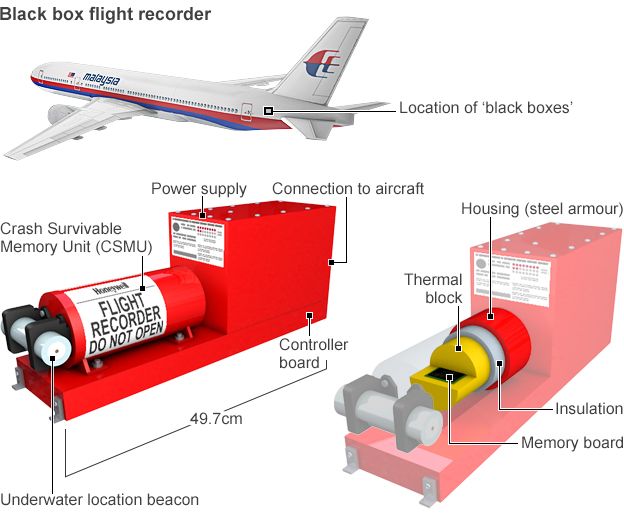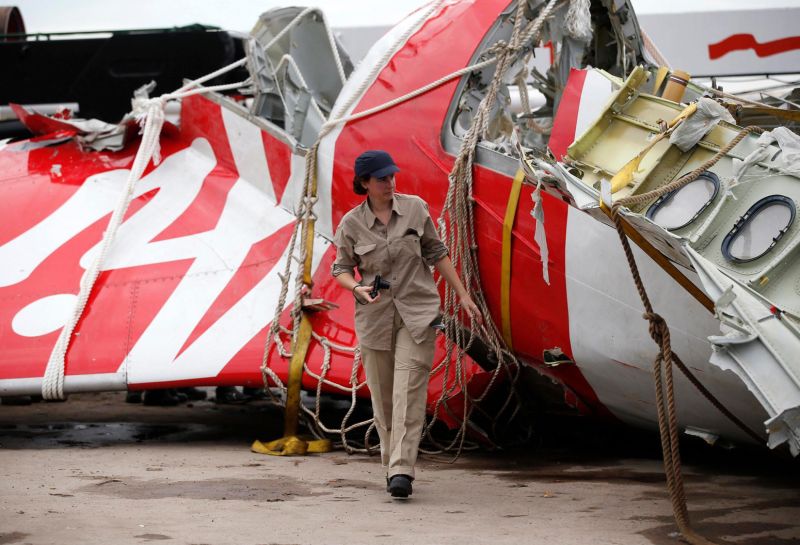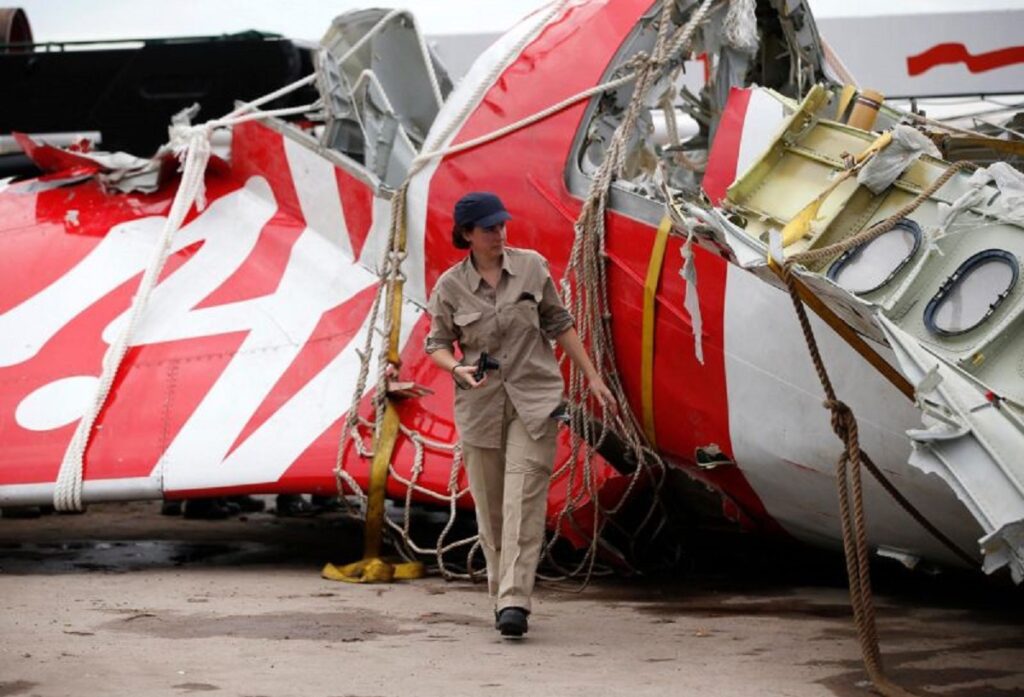

An aircraft’s flight recorders are an invaluable tool for investigators in identifying the factors behind an accident. Recorders usually comprise two individual boxes

The Cockpit Voice Recorder (CVR)
it provides far more than just the voices of the pilots. In fact, it creates a record of the total audio environment in the cockpit area. This includes crew conversation, radio transmissions, aural alarms, control movements, switch activations, engine noise and airflow noise.
CVR retains the last 2 hours of information. The newest data records over the oldest data (endless-loop-principle).
The Flight Data Recorder (FDR)
depending upon the age and size of the aircraft. is to record a basic group of five parameters
pressure altitude, indicated airspeed, magnetic heading, normal acceleration, microphone keying
modern aircraft FDRs that can record thousands of parameters covering all aspects of the aircraft operation
The FDR retains the last 25 hours of aircraft operation and, operates on the endless-loop principle.
Flight recorders are normally located near the aircraft’s tail, as experience has shown that this area generally suffers the least damage during an accident.
Flight recorders are normally located near the aircraft’s tail, as experience has shown that this area generally suffers the least damage during an accident. The crashworthiness_standards of flight recorders was revised in 2003 by the European Organisation for Civil Aviation Equipment #(EUROCAE) committee, an international body on which the ATSB was represented. The recorder’s memory module is now required to withstand: an impact producing a 3,400-g deceleration for 6.5 milliseconds (equivalent to an impact velocity of 270 knots and a deceleration or crushing distance of 45 cm) a penetration-force produced by a 227 kilogramsweight which is dropped from a height of 3 metres a static_crush force of 22.25 kN applied continuously for five minutes a fire of 1,100 Celsius for 60 minutes In order to be easier to find at sea, the devices send out a signal on contact with salt water that can be picked up within a radius of about 2 kilometers (1.2 miles).

Author – Neranjan Danthure Bandara






